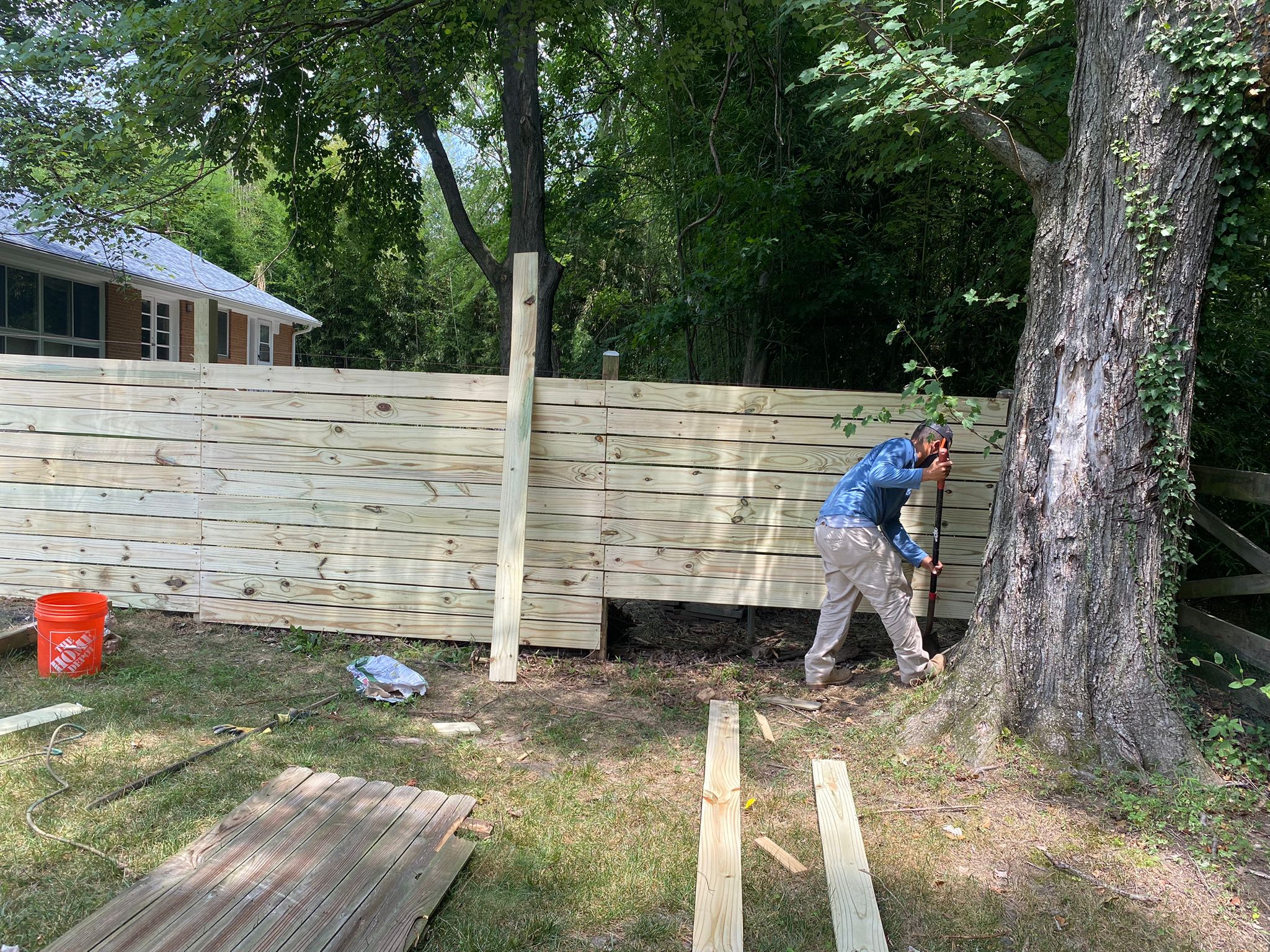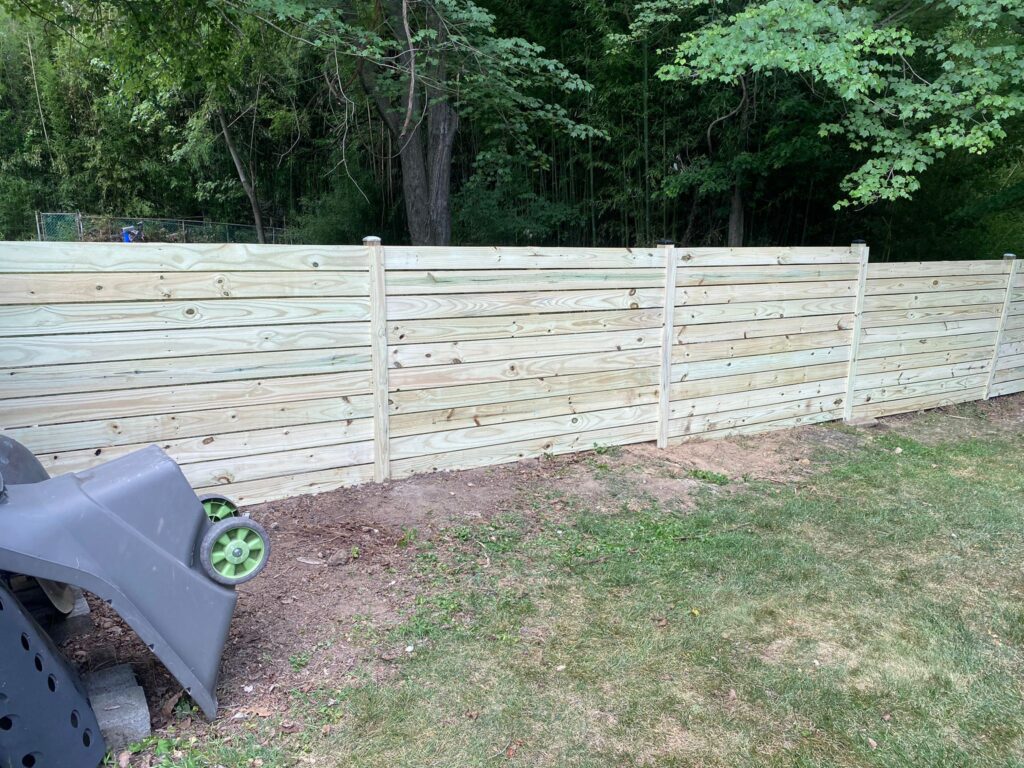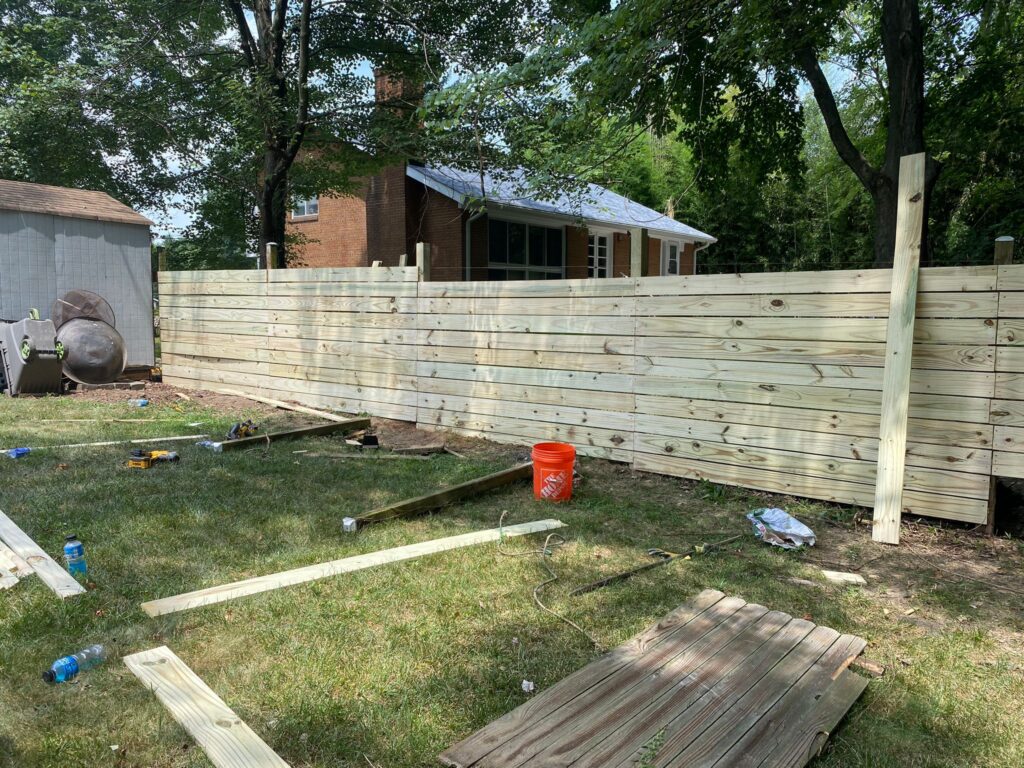
7 Suggestions For Developing A Budget For New Fences

Let’s say you have recently moved into a new house. You purchased some furniture and paid your deposit.
The cost of brand-new fences is then revealed. You understand that fences come in a variety of price ranges.
So how can one build a fence without going over budget? The key is to adequately budget for your project so that your home won’t experience any financial strain.
What you should know about budgeting for new fences is provided below.
1. Examine the zone codes
The first step in creating a budget for your fence is to check your local zoning codes. These regulations may include height restrictions or other requirements that impact your fencing options. You may also need to obtain a permit before starting construction. Once you have this information, consider the type of fencing that fits both your budget and lifestyle needs. Evaluate materials, maintenance, and durability to ensure the fence meets your long-term expectations. Balancing regulatory compliance with your personal preferences will help you choose a suitable and cost-effective fencing solution.
2. Determine Your Fencing Needs
Your first step in creating a budget for your fence project is to identify your specific needs. Determine the primary purpose of the fence: Is it for privacy, security, or aesthetic appeal? For privacy, a solid, taller fence would be appropriate. Assess your property’s security needs. If you have a dog that tends to escape or children who play in the yard, a secure, well-enclosed fence is crucial.
Consider the location and visibility of the fence. If it’s in a prominent area, you might want it to be aesthetically pleasing and complement your home’s color scheme. On the other hand, if the fence’s function is more critical than its appearance, you might prioritize durability and cost over style.
Balance your preferences with practicality. A three-foot-tall decorative fence may be more visually appealing than a six-foot chain-link barrier, but it may not provide the security or privacy you need. Also, consider the impact on your budget. A more stylish option might be attractive, but if it significantly increases costs, you might need to compromise.
Evaluate these factors carefully to ensure your fence meets your needs without exceeding your budget. This thoughtful approach will help you choose the right fence that balances function, aesthetics, and cost.
3. Score the Best Deal: Get Multiple Quotes
Obtain price estimates from a minimum of three different companies. Obtaining quotes from every fence company involved will help you compare and choose the most affordable option.
Ensure that they are referencing the identical kind of fence. You wouldn’t want to gather quotes from three companies for various fence styles only to struggle to find a contractor who specializes in that specific type of fencing! This could cause frustration for both individuals and cause delays in completing the project.
Ensure that they are discussing the same method of installation, whether it be do-it-yourself or hiring someone for the job. Often, when considering the expenses of something, we tend to only consider the material costs and overlook the labor costs. However, this approach may not be beneficial when comparing options with similar material prices.
4. Save Big: Consider DIY Fencing
If you’re not a professional or find the idea of hiring a contractor stressful, consider tackling the fence project yourself. It’s more manageable than it seems, with numerous online tutorials available. The biggest challenge is sourcing materials at affordable prices. Fortunately, many options exist for finding discounted materials. Check out Craigslist, Freecycle, and Habitat for Humanity ReStore, as well as other thrift stores. These resources can help you save money and make your DIY project more budget-friendly. With some research and effort, you can successfully build a fence that meets your needs without breaking the bank.
5. Pay Smart: Cash Upfront or Low-Interest Loan
If possible, pay cash for your fence project. If cash isn’t an option, consider a low-interest loan or a Home Equity Line of Credit (HELOC). Alternatively, borrowing from your 401(k) is another option, but ensure your plan permits non-qualified withdrawals and understand the borrowing rules. Finally, consider seeking financial assistance from family members who might offer better rates and terms than traditional loans. This approach can be more affordable and flexible, helping you avoid high-interest expenses while still funding your project effectively.
6. Stay on Track: Plan Your Budget Wisely
To stay on budget for your fence project, start by setting a realistic budget based on quotes and material costs. Track expenses meticulously to avoid overspending. Prioritize essential features over optional upgrades to keep costs down. Consider unforeseen expenses by allocating a contingency fund. Regularly review your budget and adjust as necessary to stay within your financial limits. Avoid impulse purchases and stick to your plan to ensure the project remains affordable and manageable. Planning and maintaining financial discipline will help you achieve your fencing goals without financial stress.
7. Flexibility is Key: Adapt to Changing Needs
Flexibility is crucial during your fence project to accommodate unexpected challenges or changes. Be prepared to adjust your plans if costs exceed your budget or if unforeseen circumstances arise. Consider alternative materials or designs that may be more cost-effective without compromising quality. Stay open to different installation timelines or adjustments in the project scope if necessary. By remaining adaptable and responsive to changing needs, you can navigate challenges more effectively and ensure the successful completion of your fence project within your financial constraints.
Secure Your Finances: Budgeting for New Fences
Budgeting for a new fence is essential to prevent financial difficulties. Start by estimating costs accurately, including materials, labor if hiring help, permits, and any additional expenses like tools or equipment rental. Set a realistic budget based on multiple quotes and consider adding a contingency fund for unexpected costs. Prioritize needs over wants to stay within budget. Regularly monitor expenses throughout the project and adjust spending as necessary. By planning meticulously and staying disciplined, you can ensure that your fence installation stays affordable and avoids any financial strain or surprises.
Conclusion:-
In conclusion, developing a budget for new fences requires a thoughtful approach that considers various factors. By assessing your needs, researching materials, comparing costs, and accounting for installation fees, you can establish a realistic budget that aligns with your financial situation. Don’t forget to factor in long-term maintenance and potential repairs to avoid unexpected expenses. Consulting with professionals and seeking multiple quotes will help you make informed decisions and find the best value for your investment. With careful planning and consideration, you can create a budget that ensures your new fence meets both your aesthetic and functional requirements while staying within your financial limits.


